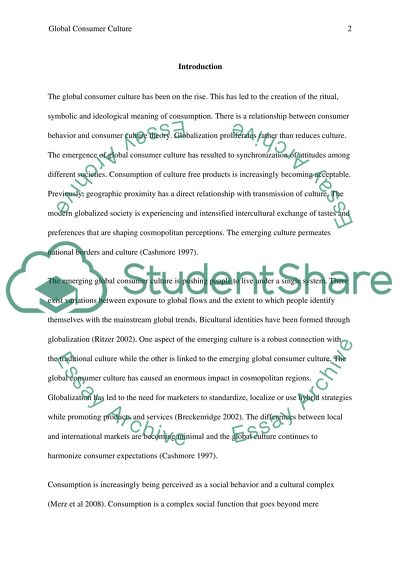Cite this document
(“Global Marketing and Consumer Culture Essay Example | Topics and Well Written Essays - 2250 words”, n.d.)
Retrieved from https://studentshare.org/family-consumer-science/1478616-global-marketing-and-consumer-culture
Retrieved from https://studentshare.org/family-consumer-science/1478616-global-marketing-and-consumer-culture
(Global Marketing and Consumer Culture Essay Example | Topics and Well Written Essays - 2250 Words)
https://studentshare.org/family-consumer-science/1478616-global-marketing-and-consumer-culture.
https://studentshare.org/family-consumer-science/1478616-global-marketing-and-consumer-culture.
“Global Marketing and Consumer Culture Essay Example | Topics and Well Written Essays - 2250 Words”, n.d. https://studentshare.org/family-consumer-science/1478616-global-marketing-and-consumer-culture.


